Try hard…
To be fair: Lai Chau province's agriculture sector has achieved certain successes in recent years compared to many years ago. Ethnic minorities have begun to change their farming habits, thinking about the seasonality of "thank goodness for the rain and sunshine", instead creating high-value products, such as Ngoc Linh ginseng, ancient tea trees, orchids and vegetables and fruits... Ethnic minorities in Lai Chau do not simply grow corn and rice. They have known how to change the crop structure according to market tastes and consumer needs.
From 2020 to now, Lai Chau has had about 124 products of 57 entities recognized as OCOP products, 113 products achieving 3 stars or more, 11 products achieving 4 stars and 2 products achieving 5 stars. That is not all that Lai Chau's agricultural sector has had and is having, but it partly reflects the efforts of the locality, the industry and ethnic minorities in Lai Chau.
However, in reality, Lai Chau and some provinces in the Northwest region are currently facing a situation where OCOP products are only enough to offer and introduce products at some small retail booths and agricultural trade fairs in the country and in the province.
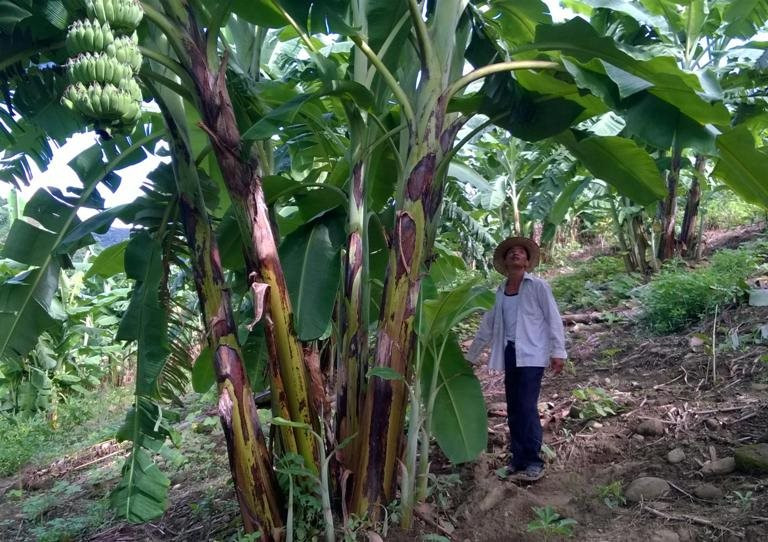
The raw material area is not enough for agricultural traders to participate in purchasing in large quantities. In Lai Chau, agricultural products seem to be available in all forms, but they are not concentrated, so Lai Chau's agricultural products cannot become true commodities to participate in large markets...
Among the difficulties of agricultural production, there are objective factors such as steep terrain, unconcentrated cultivated land, and difficulty in applying machinery to production, which causes people to lose a lot of labor. On the other hand, the climate clearly distinguishes two seasons: rainy season and dry season, which greatly affects the growth and development of crops and livestock. The irrigation canal system is therefore often damaged by storms and floods, and fertile soil is washed away.
There are also social factors, for example, a worker participating in agricultural production is subject to luck, affected by many factors such as weather, climate, market, etc. Roughly calculating, each highland household spends 2 main workers to produce upland rice, after 1 year of deducting costs and care, the profit is not worth the effort. On average, 1 hectare of upland rice only yields about 1 ton of fresh rice/first crop, if the crop fails, it will only yield 7-8 bags. Meanwhile, 1 ton of fresh rice can only be sold for about 7-8 million VND. If 1 main worker participates as a factory worker, after deducting food and drink expenses, he can still save tens of millions of VND each year. These are the reasons why the agricultural sector in general, and Lai Chau in particular, face difficulties in implementing restructuring projects for the agricultural production sector.
…and towards sustainable poverty reduction
Faced with these realities of the agricultural sector, Lai Chau has developed a project to develop concentrated commodity agriculture; a project to develop forests and some medicinal plants; a project to develop agricultural production specifically for particularly difficult border communes; a project to build new rural areas associated with rural tourism ... for the entire period from 2021 - 2025 and a vision to 2030, along with a number of accompanying policies such as: support policies for the development of commodity agriculture; support policies for linking production and consumption of agricultural products for the entire period.
Looking back at Lai Chau's agricultural sector in the past time, the winter-spring rice output increased by 280 tons compared to the plan, contributing to ensuring food security. The total main livestock herd is estimated at 323,130 heads, an increase of 13,665 heads compared to the plan in the same period last year, the cold water fish farming volume reached 21,588m 3 . The tea tree area is 9,357ha, the output of fresh tea buds is 48,000 tons; fruit trees are 8,170ha, the output is estimated at 60,000 tons...
Along with that, Lai Chau has implemented synchronous solutions to protect and develop forests, manage rare forest products, so forest fires have decreased significantly. Forest protection, development and afforestation work has been gradually raised and significantly improved.
The new rural construction program has been gradually upgraded, with 39/94 communes meeting 15-18 criteria or more, 35 communes meeting 10-14 criteria. The farm economy has about 135 cooperatives operating in the agricultural sector in Lai Chau province, attracting 1,207 members, creating jobs for 1,451 workers; 20 cooperatives participate in linkage, the average total income of workers is estimated at 6 million VND/person/month. The average total revenue in the first 6 months of 2023 is estimated at 450 million VND/cooperative.
These are telling numbers, reflecting the efforts of Lai Chau’s agricultural sector. Although not everything, they have brought a prosperous life and stable income to the people.
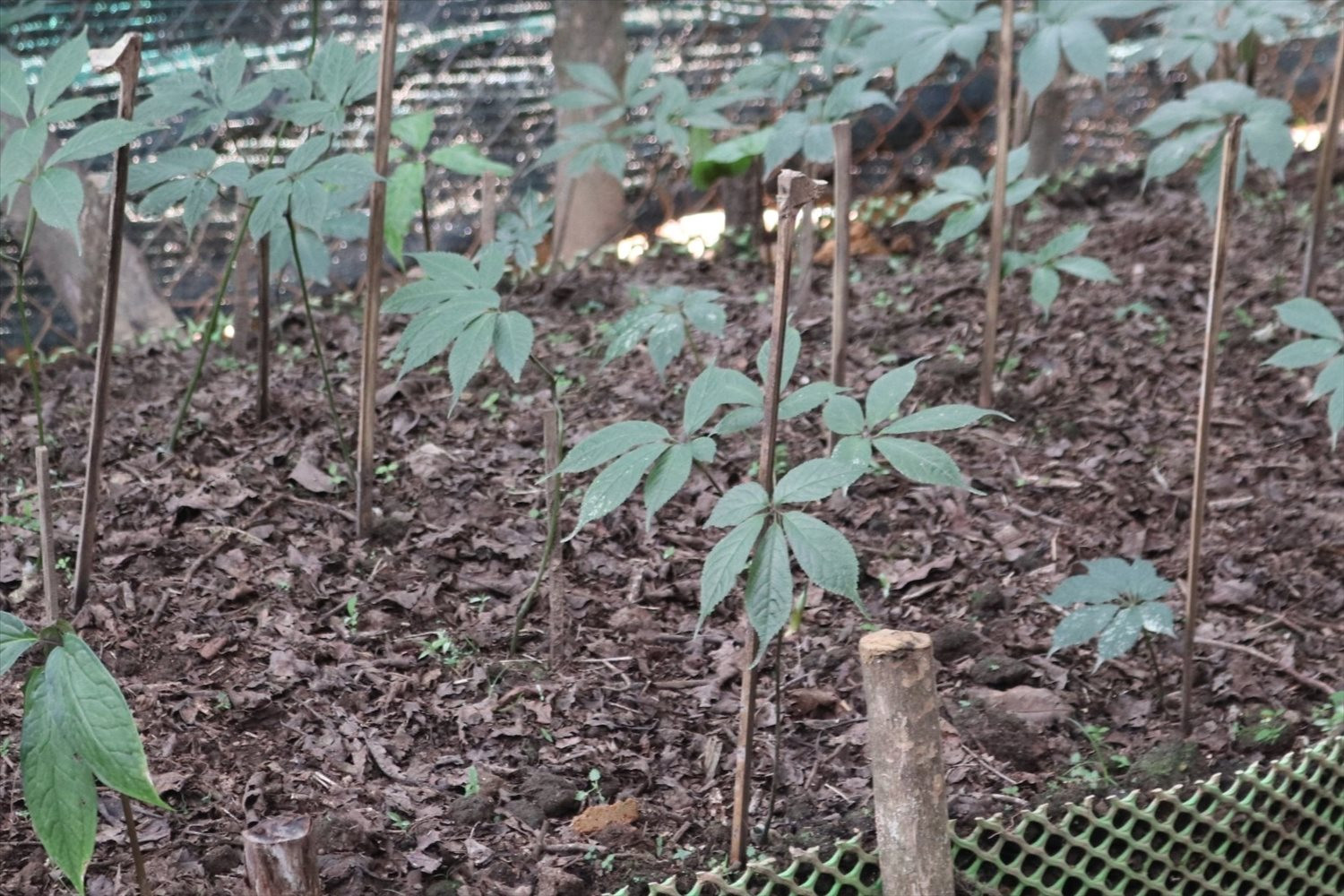
Talking to us about this issue, Mr. Hoang Van Binh, Chairman of Duong Yen Sturgeon Cooperative said: Success or failure depends on many factors, but the most basic is still the quality of propaganda to the people, the participation of the entire political system, accompanying policies and the capacity of the staff along with the people's desire to get rich.
If the people are in agreement, have the will to rise up, have the desire to get rich, are not afraid of hardships, do not expect or rely on others, then all the difficulties ahead are just small obstacles on the way to the destination. There is no path to happiness and prosperity without hard work and sweat. The important thing is whether the people really want to escape poverty.
Having been in the highlands for many years, I have noticed that the thinking and working style of ethnic minorities has changed in recent years. They have begun to apply science and technology to livestock and crop farming, turning agricultural products into commodities. A typical example is Phong Tho district, in 2021 and 2022 alone, the district sold several hundred tons of bananas to traders to export to China. In recent years, banana trees have been a poverty reduction tree in Phong Tho district, Lai Chau.
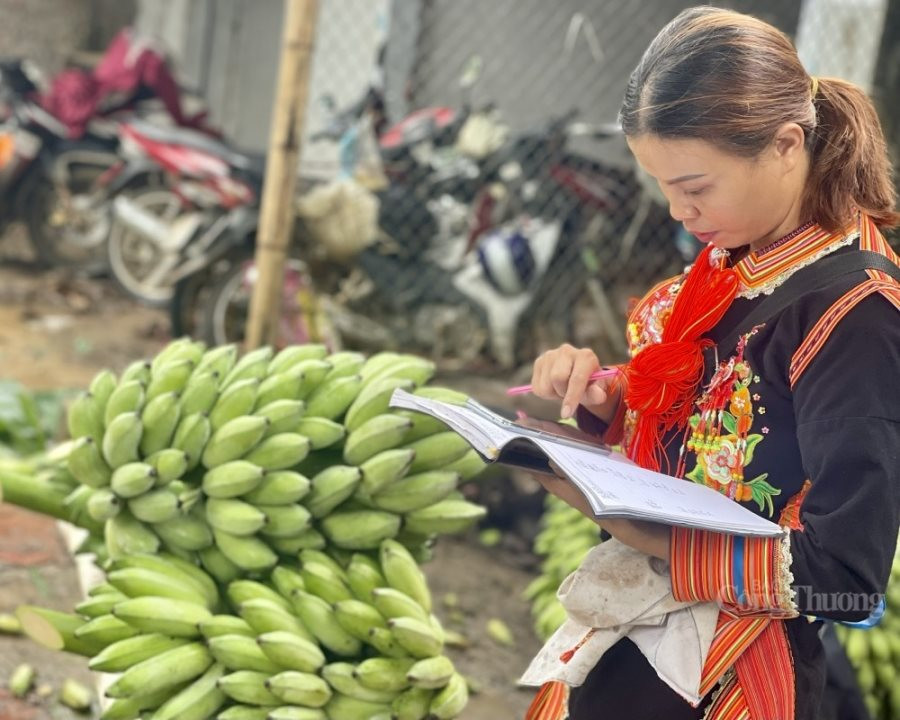
District and town authorities in all localities are aware of the importance and role of the agricultural economy and agricultural development. In particular, the change of crop structure to suit the farming conditions and climate and soil in Lai Chau. Therefore, many models have been formed and replicated locally, such as: Salmon and sturgeon farming model, orchid growing model of Phong Tho district; Ngoc Linh ginseng and angelica growing model under the forest canopy... have initially brought efficiency and income to the people.
Talking to us about this issue, Mr. Nguyen Canh Duc, Deputy Head of the Department of Agriculture and Rural Development of Phong Tho district, shared: In recent years, ethnic minorities have begun to shift to raising and growing high-economically efficient varieties of plants and animals instead of growing corn and rice. These are good signs in people's awareness towards commodity agricultural production. Typically, in Phong Tho district, the banana growing area of the people has increased to nearly 4,000 hectares, although it is in the stage of entering the stage of degeneration and needs to be replaced. However, that has shown that ethnic minorities know how to change their thinking to grow an entire area, turning their locality into a raw material area to attract large traders with export connections to large markets. Many households in Phong Tho have therefore risen out of poverty in recent years.
Not only banana trees, ginseng trees... some other crops such as rice, corn, tea... have helped Lai Chau people escape poverty in recent years.
Source


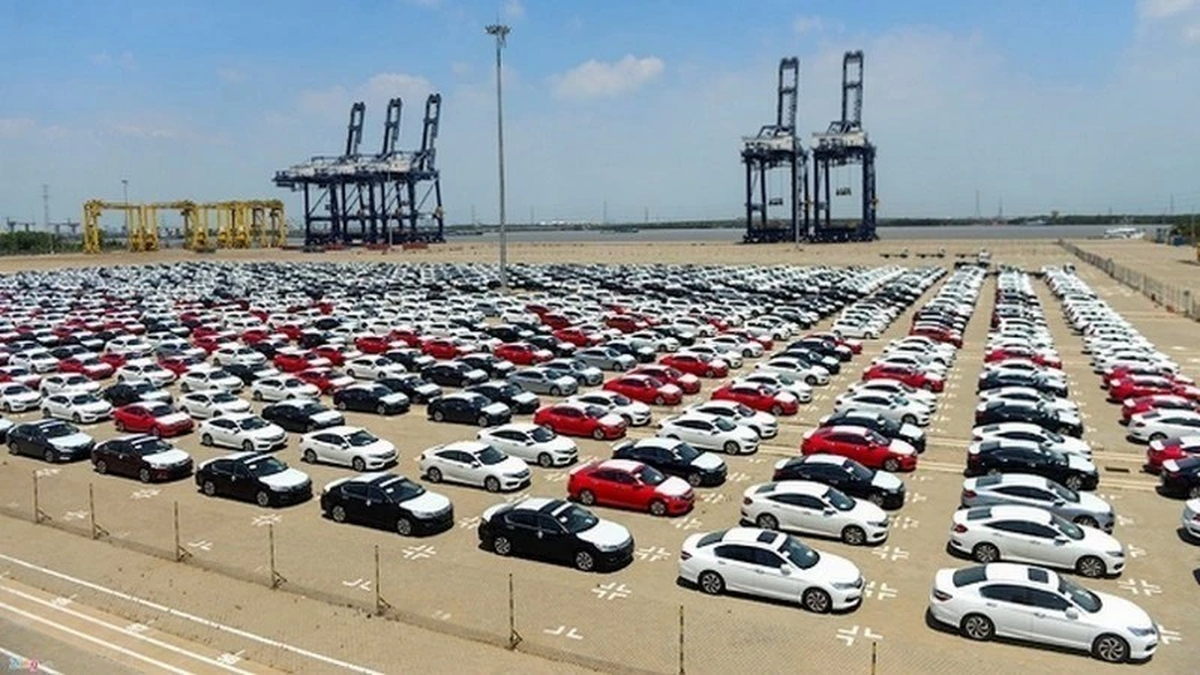

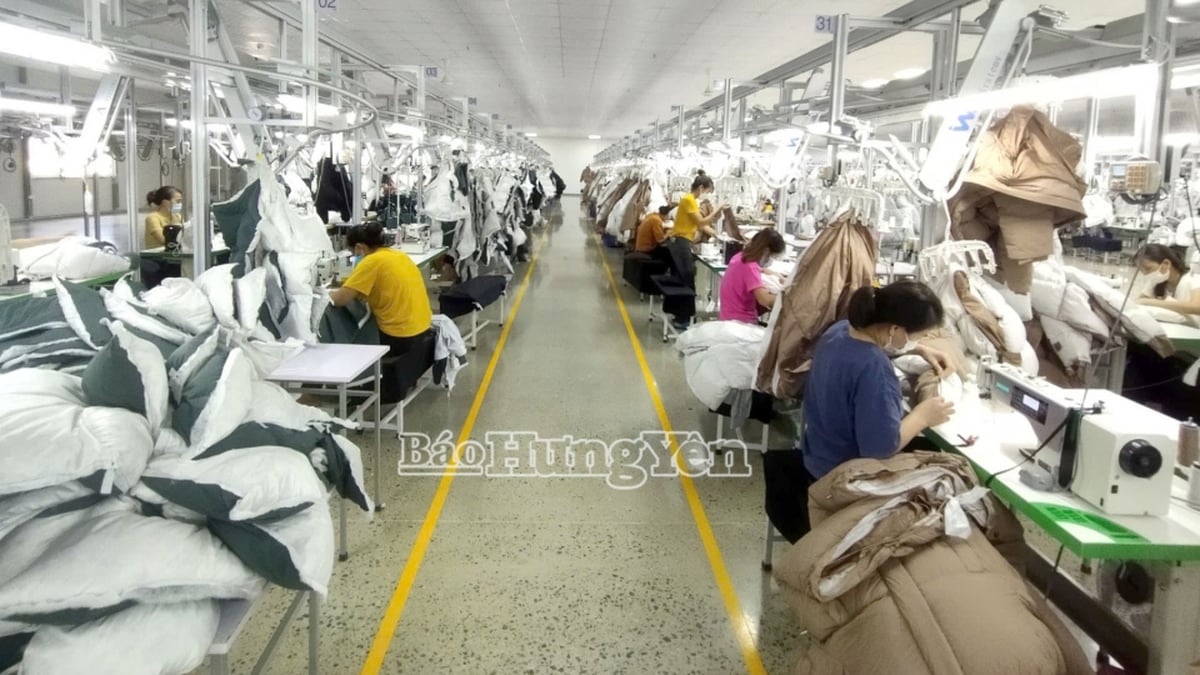


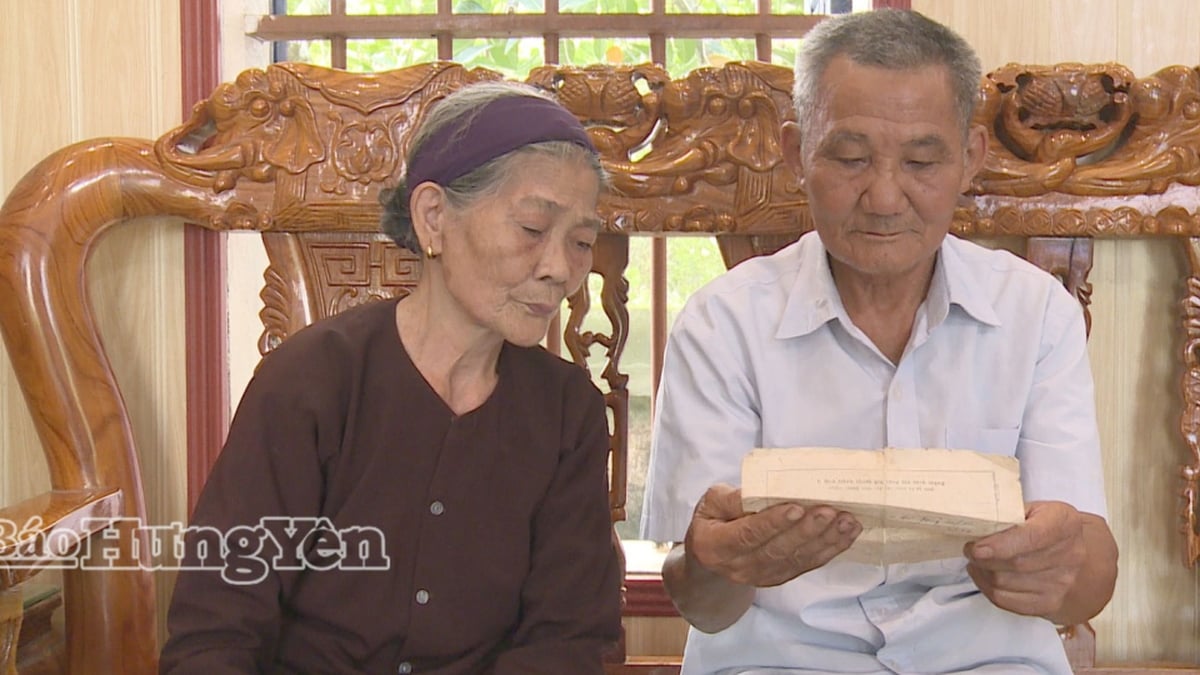

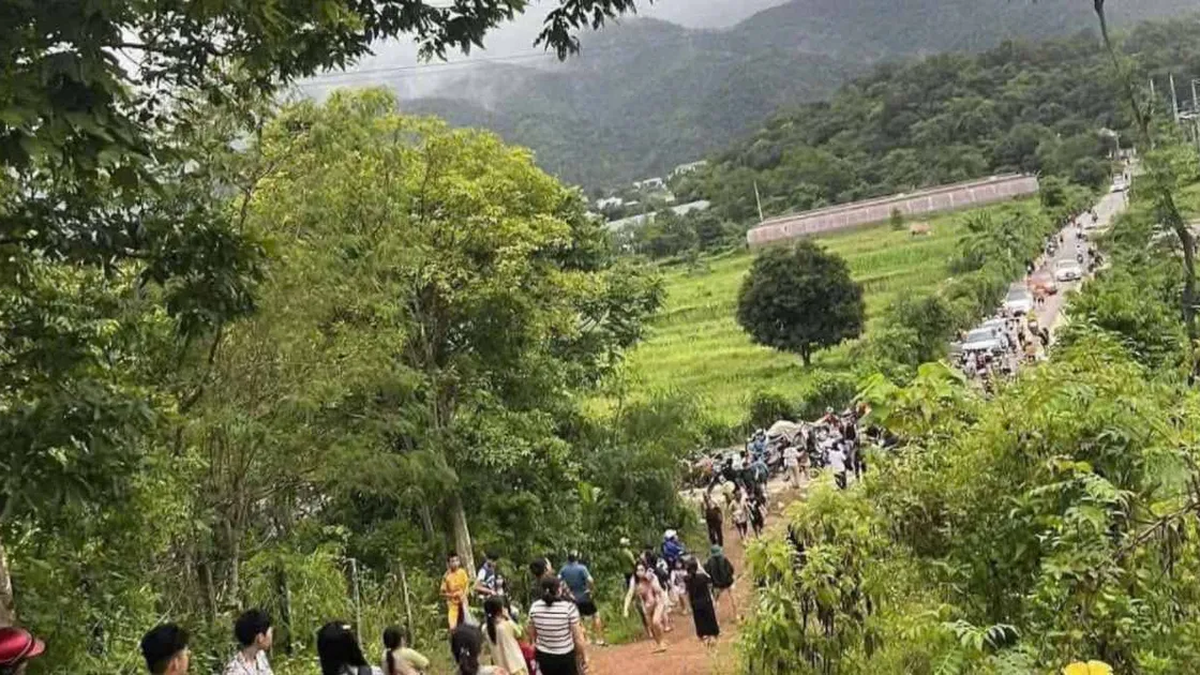

























































































Comment (0)